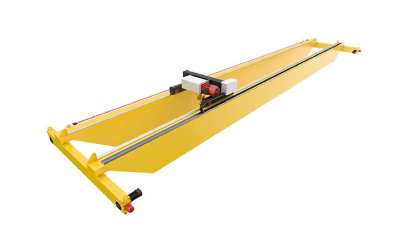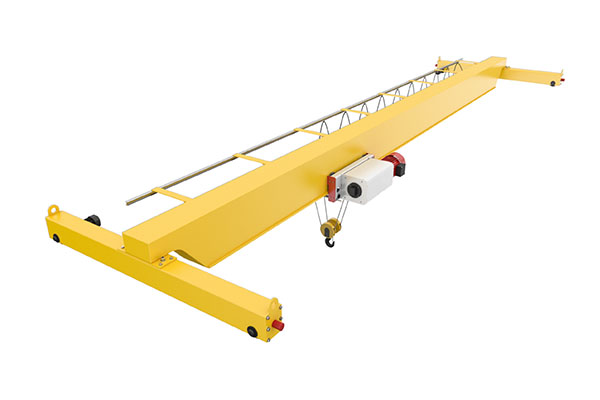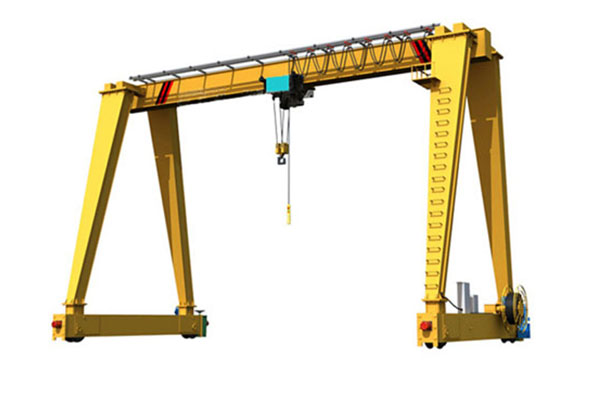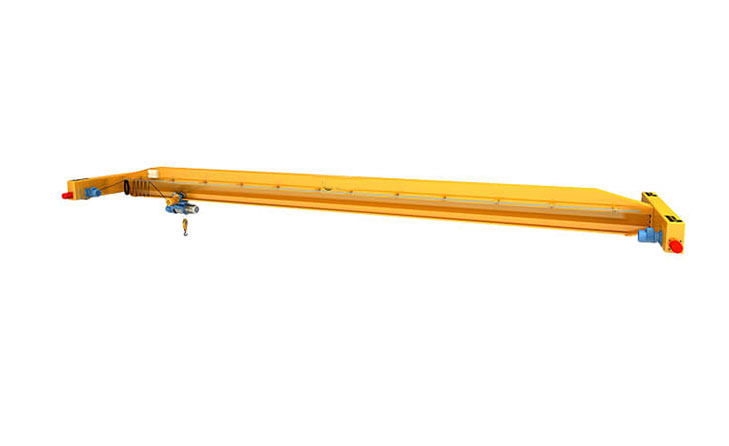Driver is the an important factor for the overhead crane running and traveling.
A skilled driver can make the crane work more easily and get twofold results with half the effort.
Let's see crane components fistly:

Crane Drivers Responsibilities
- Drivers to care for the safety of themselves and anyone working in the area of the crane.
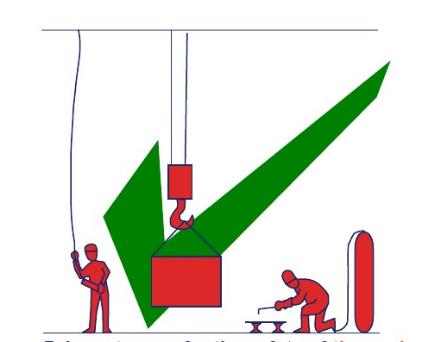
- Any problems with the crane to be reported immediately so that it can be fixed.
Do you know us?
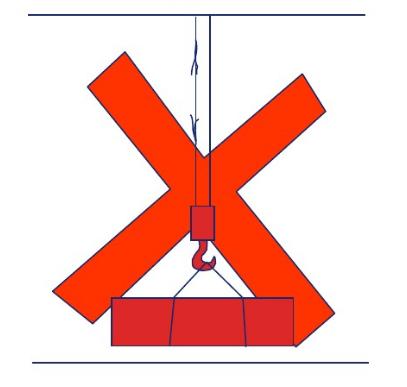
Checking List-Before Switching on Power
- Before Switching on the Main Switch
- 1. Make sure the main switch is off and place your tag on it.
- 2. Make sure the bridge is clear and inspect the crane for loose material.
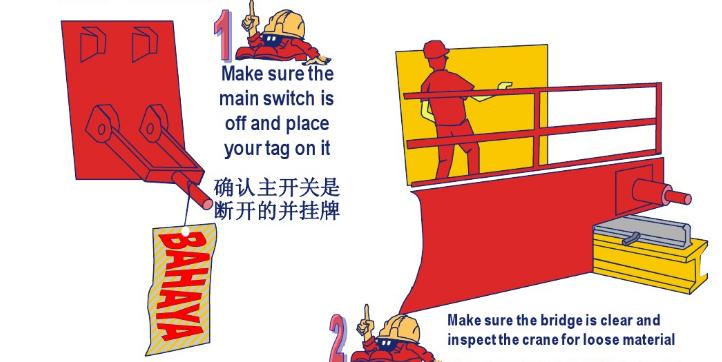
- 3.Check that the hoist ropes are positioned correctly on the drum and sheaves; When the hook block is fully lowered, ensure there is a minimum of 2 turns of hoist rope on the drum.
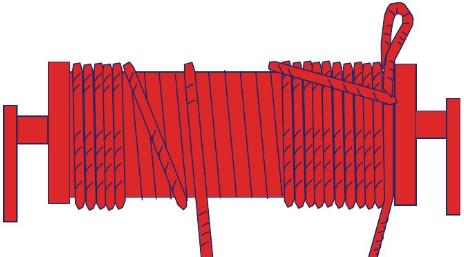
- 4. Any obvious mechanical problem to be reported to your supervisor immediately.
- 5. After making these checks and if everything is clear, switch on the main isolating switch, remove your tag and press the start button.
Checking List-After Switching on Power
- After switching on power
- 1.Full current limit switch tripped.
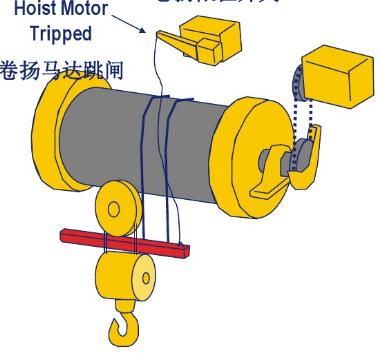
- 2. Normal operation of full current limit switch and any problem please notify your supervisor.
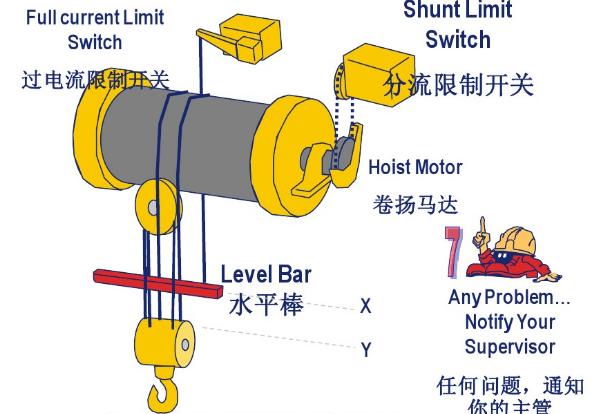
- 3.Brake test
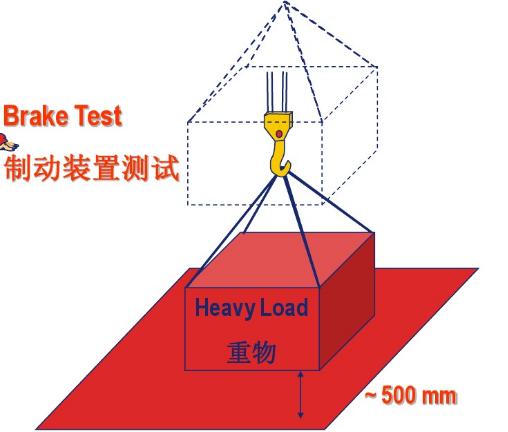
Lifting Hazard
- Keeping fingers clear when lifting
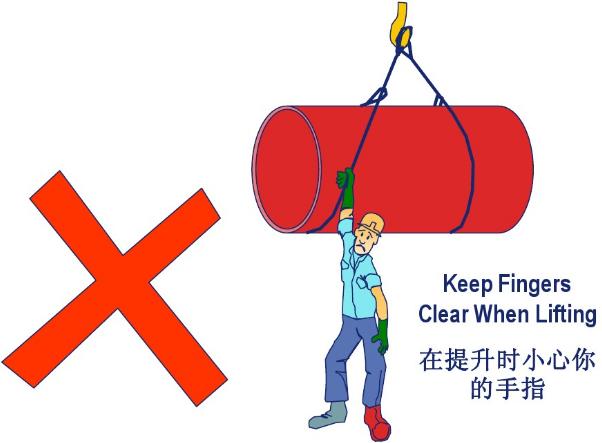
- Don't stand under loads
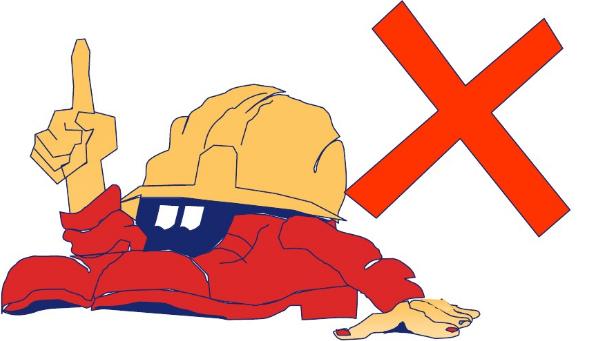
- Ensure the hoist hook block is directly above the load.
Safe Operation of Crane
- Avoid creating a swinging motion on the load whilst handling, chase and catch a swinging load
Parking the Crane
- Park at designed location
- Remove the load from the hook
- Press the stop button
- Switch off power at the main isolating switch.

When Lifting Flat Products
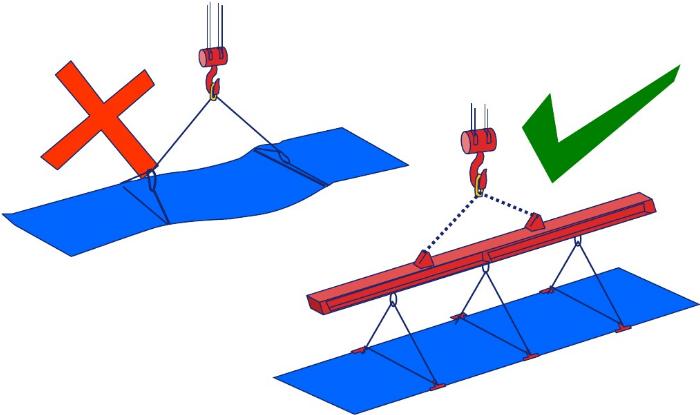
Using Eyebolts

When Lifting Long and Loose Bundle

Some General Visual Signals
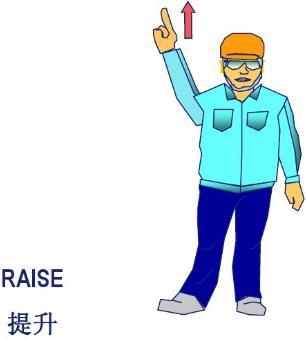

Inspection of Slings


Some General Information

Using of Lifting Chain


Abuse to Be Avoided

Summary- Operating Procedure
- Everyone in the immediate vicinity is clear of the load and aware that the load is being moved.
- Gently take up the slack before lifting.
- Operate controls slowly and gradually.
- If load swing, "chase" and "catch" the load.
- Never leave a suspended load unattended, even for short period.
- Nobody stands under the load.
- Always lift load using centre of hook.
- Always place hook directly above the loads centre
- Never place hook block on the ground or load.
- When traveling with load, accelerate and brake gently.
- Travel with load as close to ground as possible and keep speed to a minimum.
- Have unobstructed view of load, chaser and work area.
- Work only at areas that are well illuminated.
- When walking with a load, walk behind and beside the load. Guide load with palm of the hand and do not hold the slings.
- Suspended load must not be left untended.
- Lower load and remove slings from hook.
- Raise hook to a safe level (~2.5 meters)
- Remove all slings and other lifting gears from the load and store them appropriately.
- Switch the remote unit off and place it in a safe or designated position.
If you have any questions about the above drivers' skills, please do not hesitate to contact us.


